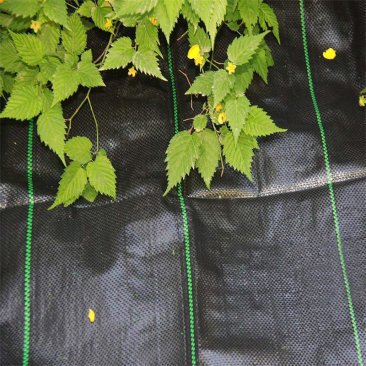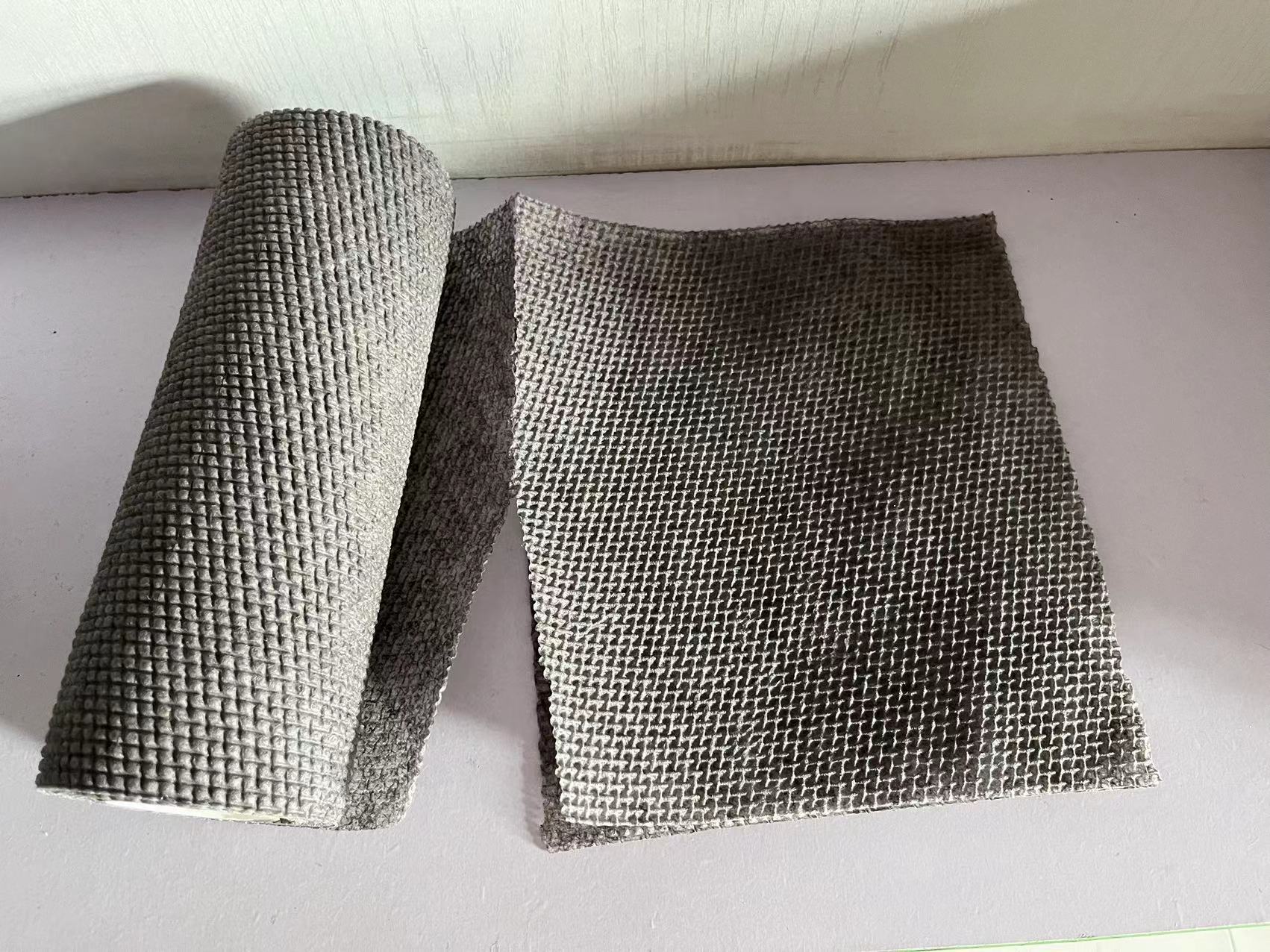21
2025
-
05
Understanding Spunbond Polypropylene Fabric: Applications and Benefits
Spunbond polypropylene fabric is a type of nonwoven textile made from thermoplastic polymer. This material is produced by the spunbond process, which involves spinning polypropylene fibers and bonding them together, resulting in a strong, durable fabric. It is widely used in various industries due to its unique properties, making it an essential component in the nonwoven fabric sector. One of the
Spunbond polypropylene fabric is a type of nonwoven textile made from thermoplastic polymer. This material is produced by the spunbond process, which involves spinning polypropylene fibers and bonding them together, resulting in a strong, durable fabric. It is widely used in various industries due to its unique properties, making it an essential component in the nonwoven fabric sector.
One of the key benefits of spunbond polypropylene fabric is its lightweight yet robust nature. This fabric can withstand significant stress while remaining flexible and easy to handle. It is water-resistant, which adds to its durability and makes it suitable for outdoor applications. Additionally, it is resistant to mold and mildew, which is particularly valuable in environments where moisture is a concern.
The applications of spunbond polypropylene fabric are extensive. In the medical sector, it is used for disposable gowns, masks, and drapes due to its ability to provide a barrier against contaminants while remaining comfortable for the wearer. In agriculture, this fabric is employed for crop covers and weed control mats, helping to enhance soil quality and promote healthier plant growth. Its breathability and light weight make it ideal for horticultural applications, allowing air and moisture to circulate while protecting plants from harsh weather conditions.
In the consumer goods market, spunbond polypropylene fabric is often used for reusable shopping bags, tote bags, and packaging solutions. Its eco-friendly characteristics make it a popular choice among environmentally conscious consumers, as it can be recycled and reused multiple times. Furthermore, its ability to be printed on allows for custom branding opportunities, making it an attractive option for businesses looking to promote their products sustainably.
When it comes to sustainability, spunbond polypropylene fabric stands out as a recyclable material. Companies in the textile industry can contribute to reducing environmental impact by opting for this fabric in their product lines. Additionally, many manufacturers are exploring innovative ways to incorporate recycled materials into the production process, further enhancing the sustainability of spunbond polypropylene fabric.
In conclusion, spunbond polypropylene fabric is a highly versatile and durable material that offers numerous benefits across various industries. Its strength, lightweight nature, and resistance to moisture make it an ideal choice for medical, agricultural, and consumer goods applications. As sustainability becomes increasingly critical in the textile industry, this fabric presents opportunities for businesses to innovate while minimizing their environmental footprint. Understanding the characteristics and uses of spunbond polypropylene fabric can help businesses make informed decisions in their production and sourcing processes.
One of the key benefits of spunbond polypropylene fabric is its lightweight yet robust nature. This fabric can withstand significant stress while remaining flexible and easy to handle. It is water-resistant, which adds to its durability and makes it suitable for outdoor applications. Additionally, it is resistant to mold and mildew, which is particularly valuable in environments where moisture is a concern.
The applications of spunbond polypropylene fabric are extensive. In the medical sector, it is used for disposable gowns, masks, and drapes due to its ability to provide a barrier against contaminants while remaining comfortable for the wearer. In agriculture, this fabric is employed for crop covers and weed control mats, helping to enhance soil quality and promote healthier plant growth. Its breathability and light weight make it ideal for horticultural applications, allowing air and moisture to circulate while protecting plants from harsh weather conditions.
In the consumer goods market, spunbond polypropylene fabric is often used for reusable shopping bags, tote bags, and packaging solutions. Its eco-friendly characteristics make it a popular choice among environmentally conscious consumers, as it can be recycled and reused multiple times. Furthermore, its ability to be printed on allows for custom branding opportunities, making it an attractive option for businesses looking to promote their products sustainably.
When it comes to sustainability, spunbond polypropylene fabric stands out as a recyclable material. Companies in the textile industry can contribute to reducing environmental impact by opting for this fabric in their product lines. Additionally, many manufacturers are exploring innovative ways to incorporate recycled materials into the production process, further enhancing the sustainability of spunbond polypropylene fabric.
In conclusion, spunbond polypropylene fabric is a highly versatile and durable material that offers numerous benefits across various industries. Its strength, lightweight nature, and resistance to moisture make it an ideal choice for medical, agricultural, and consumer goods applications. As sustainability becomes increasingly critical in the textile industry, this fabric presents opportunities for businesses to innovate while minimizing their environmental footprint. Understanding the characteristics and uses of spunbond polypropylene fabric can help businesses make informed decisions in their production and sourcing processes.
spunbond polypropylene fabric












